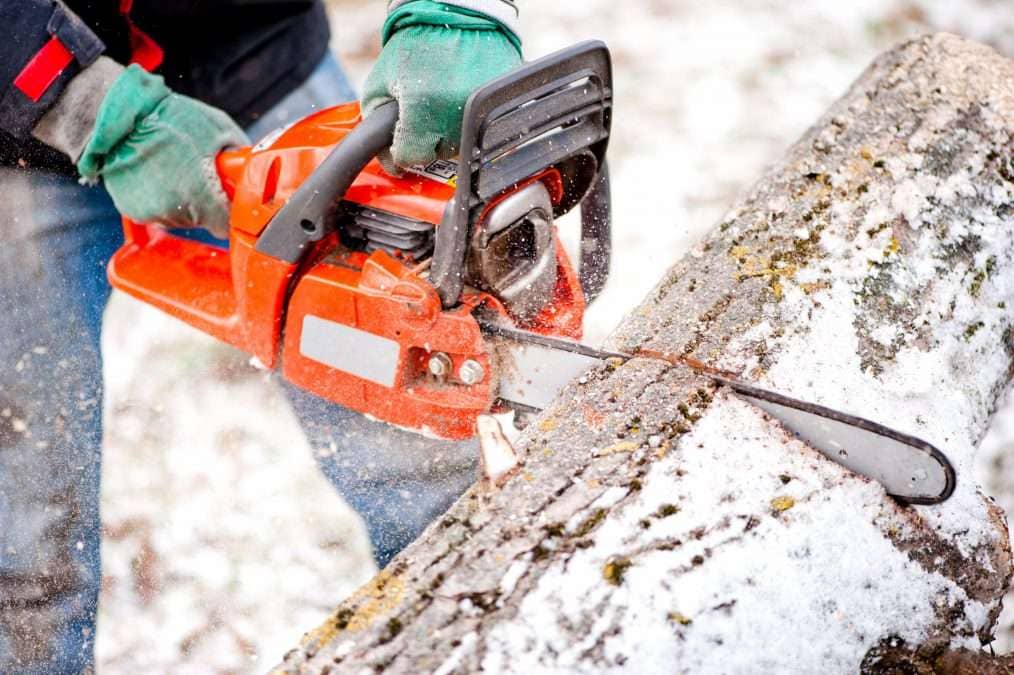Table of Contents
Tree damage can happen for many reasons, including natural disasters, disease, pests, and even human activity. If you have trees on your property that have been damaged, you may be wondering if they are covered by your insurance policy.
Here’s a comprehensive guide to help you understand if damaged trees are covered by insurance and what you need to know.
Types of Tree Damage Covered by Insurance
The type of tree damage that is covered by insurance varies depending on the cause of the damage and the type of insurance policy you have. In general, insurance policies that provide coverage for damage to trees typically include:
- Damage caused by natural disasters such as hurricanes, tornadoes, and windstorms
- Damage caused by fire, lightning, and theft
- Damage caused by a vehicle or other object that crashes into a tree
It’s important to note that most insurance policies do not cover damage caused by normal wear and tear, such as tree rot or disease, or damage caused by animals or insects.
Homeowner’s Insurance
If you have homeowner’s insurance, your policy may provide coverage for tree damage if it is caused by a covered event, such as a windstorm or fire. However, it’s important to understand that coverage limits may apply and that you may have to pay a deductible before insurance kicks in.
Umbrella Insurance
If you have an umbrella insurance policy, it may provide additional coverage for tree damage that is not covered by your homeowner’s insurance policy. Umbrella insurance policies typically provide liability coverage for damage to other people’s property, including trees.
Commercial Insurance
If you own a business and have commercial insurance, your policy may provide coverage for tree damage if it is caused by a covered event, such as a windstorm or fire. However, it’s important to understand that coverage limits may apply and that you may have to pay a deductible before insurance kicks in.
What to Do if Your Trees are Damaged
If your trees are damaged, it’s important to take the following steps:
- Contact your insurance company as soon as possible to report the damage
- Take photos of the damage to document the extent of the damage
- Keep receipts for any expenses related to the damage, such as tree removal or repair costs
What to Look for in an Insurance Policy
When shopping for an insurance policy that covers tree damage, it’s important to consider the following:
- The type of tree damage that is covered
- The coverage limits and deductibles
- The exclusions and limitations of the policy
- The reputation and financial stability of the insurance company
Conclusion
If you have trees on your property that have been damaged, it’s important to understand if they are covered by your insurance policy. If you’re not sure, it’s a good idea to contact your insurance company to find out.
By understanding the types of tree damage that are covered, what to do if your trees are damaged, and what to look for in an insurance policy, you can be better prepared to protect your property and your financial interests in the event of tree damage.










